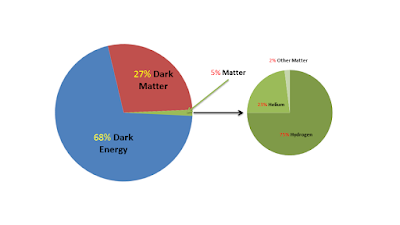But before we talk about the largest earthquakes, we should understand what is earthquakes.
Earthquakes are a natural disaster that causes shivering of the earth's surface. This happens when the tension between the two tectonic plates is released.
All five earthquakes are listed below:
- Valdivia, Chile: The 1960 Valdivia earthquake on 22 May 1960 is the most powerful earthquake ever recorded. Various studies have placed it at 9.4–9.6 on the instant magnitude scale. It occurred within the afternoon (19:11 GMT, 15:11 local time), and lasted approximately 10 minutes. The resulting tsunamis affected southern Chile, Hawaii, Japan, the Philippines, eastern New Zealand, southeast Australia, and therefore the Aleutian Islands.
- Prince William Sound, Alaska: The 1964 Alaskan earthquake, occurred at 5:36 PM AKST on Good Friday, March 27. Across south-central Alaska, ground fissures, collapsing structures, and tsunamis resulting from the earthquake caused about 131 deaths. Lasting four minutes and thirty-eight seconds, the magnitude 9.2 megathrust earthquake remains the foremost powerful earthquake recorded in North American history, and therefore the second most powerful earthquake recorded in world history
- Sumatra, Indonesia: The 2004 Indian Ocean earthquake and tsunami occurred at 07:58:53 in civil time (UTC+7) on 26 December, with an epicenter off the West Coast of northern Sumatra, Indonesia. it had been an undersea megathrust earthquake that registered a magnitude of 9.1–9.3 Mw, reaching a Mercalli intensity up to IX in certain areas. The earthquake was caused by a rupture along the fault between the Burma Plate and therefore the Indian Plate.
- Sendai, Japan: The 2011 earthquake off the Pacific Coast of Tōhoku was a magnitude 9.0–9.1 (Mw) undersea megathrust earthquake off the coast of Japan that occurred at 14:46 JST (05:46 UTC) on Friday 11 March 2011, with the epicenter approximately 70 kilometers (43 mi) east of the Oshika Peninsula of Tōhoku and therefore the hypocenter at an underwater depth of roughly 29 km (18 mi).
- Kamchatka, Russia: The 1952 Severo-Kurilsk earthquake struck off the coast of the Kamchatka Peninsula. The 9.0 Mw earthquake triggered a serious tsunami that hit Severo-Kurilsk, Kuril Islands, Sakhalin Oblast, Russian SFSR, USSR, on 4 November 1952 at about 5 a.m. This led to the destruction of the many settlements in Sakhalin Oblast and Kamchatka Oblast, while the most impact struck the town of Severo-Kurilsk. it had been the fifth most powerful earthquake on record, and so far, the foremost powerful earthquake in Russian history. The tsunami was generated by a serious earthquake within the Pacific, 130 kilometers (81 mi) from the shore of Kamchatka, with an estimated magnitude of 9.0.





No comments:
Post a Comment